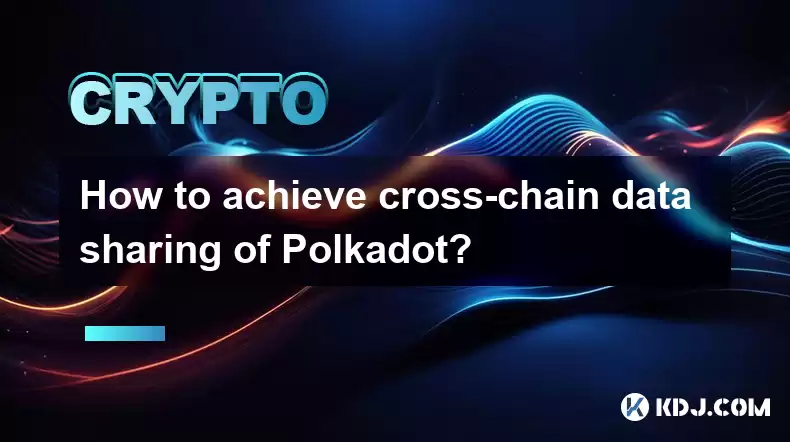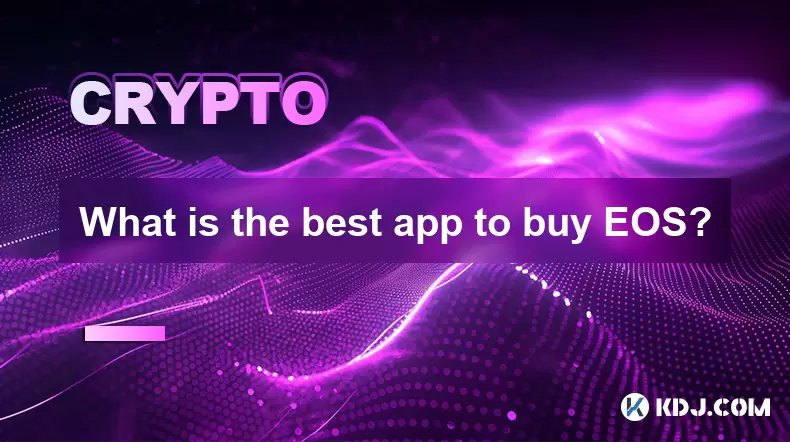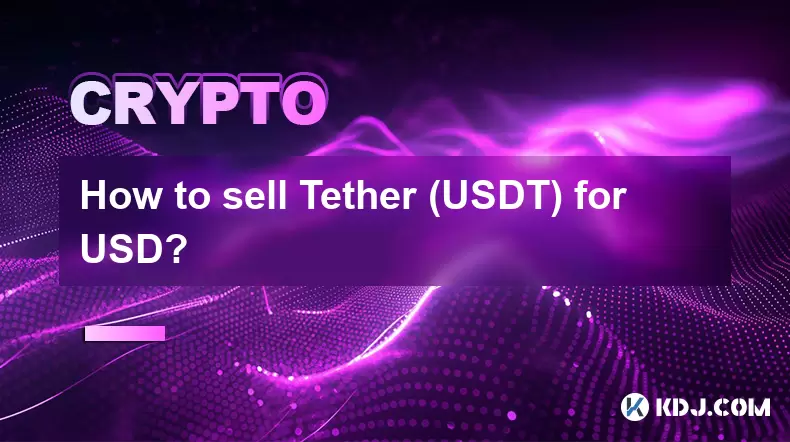-
 Bitcoin
Bitcoin $116300
2.01% -
 Ethereum
Ethereum $3815
5.35% -
 XRP
XRP $3.071
4.46% -
 Tether USDt
Tether USDt $1.000
0.02% -
 BNB
BNB $776.2
1.67% -
 Solana
Solana $173.0
5.70% -
 USDC
USDC $0.9999
0.00% -
 TRON
TRON $0.3389
1.14% -
 Dogecoin
Dogecoin $0.2125
5.92% -
 Cardano
Cardano $0.7627
5.16% -
 Hyperliquid
Hyperliquid $39.00
4.42% -
 Stellar
Stellar $0.4122
5.07% -
 Sui
Sui $3.654
7.22% -
 Chainlink
Chainlink $17.31
5.47% -
 Bitcoin Cash
Bitcoin Cash $582.2
4.28% -
 Hedera
Hedera $0.2521
3.53% -
 Ethena USDe
Ethena USDe $1.001
0.01% -
 Avalanche
Avalanche $22.77
3.47% -
 Litecoin
Litecoin $119.6
2.53% -
 UNUS SED LEO
UNUS SED LEO $8.944
-0.49% -
 Toncoin
Toncoin $3.288
3.95% -
 Shiba Inu
Shiba Inu $0.00001261
3.78% -
 Uniswap
Uniswap $10.12
5.80% -
 Polkadot
Polkadot $3.761
4.23% -
 Dai
Dai $1.000
-0.01% -
 Monero
Monero $285.1
-2.37% -
 Bitget Token
Bitget Token $4.387
1.43% -
 Cronos
Cronos $0.1476
5.88% -
 Pepe
Pepe $0.00001080
4.75% -
 Ethena
Ethena $0.6374
11.58%
How to achieve cross-chain data sharing of Polkadot?
Polkadot's XCM facilitates cross-chain data sharing between parachains and the relay chain, offering flexible custom messages or pre-built pallets. Security is paramount, requiring robust measures and careful planning for reliable data transfer.
Mar 14, 2025 at 01:25 pm

Key Points:
- Polkadot's architecture facilitates cross-chain data sharing through its relay chain and parachains.
- XCM (Cross-Chain Messaging) is the core mechanism enabling interoperability and data transfer.
- Several methods exist for achieving cross-chain data sharing, each with specific advantages and limitations.
- Security considerations are paramount when implementing cross-chain data sharing on Polkadot.
- Understanding the nuances of Polkadot's architecture is crucial for effective data sharing.
How to Achieve Cross-Chain Data Sharing of Polkadot?
Polkadot's innovative architecture is designed to address the limitations of isolated blockchains. Its core functionality revolves around enabling seamless communication and data transfer between independent blockchains, commonly referred to as parachains. This capability is crucial for achieving true interoperability within the cryptocurrency ecosystem. The ability to share data across different chains unlocks numerous possibilities, including the creation of decentralized applications (dApps) that leverage the strengths of multiple blockchains simultaneously.
The heart of Polkadot's cross-chain communication lies in its XCM (Cross-Chain Messaging) framework. XCM acts as a universal translator, enabling different parachains, as well as the relay chain, to understand and exchange information regardless of their underlying technologies or consensus mechanisms. This standardized messaging system is key to overcoming the inherent incompatibility challenges faced by different blockchains. The relay chain acts as the central hub, facilitating communication between all connected parachains.
One common method involves utilizing custom XCM messages. Developers can craft specific messages tailored to the data they wish to share. These messages are then relayed through the Polkadot network, ensuring secure and reliable delivery to the destination chain. This approach offers flexibility, but requires a deeper understanding of XCM and the intricacies of message construction. Careful planning and rigorous testing are essential to avoid errors and security vulnerabilities.
Another method involves leveraging pre-built XCM pallets. These pre-defined modules offer streamlined solutions for common data transfer scenarios. They simplify the development process by providing pre-written code that handles much of the underlying complexity of XCM messaging. This approach is particularly beneficial for developers with limited experience in XCM development. The trade-off is a slight reduction in flexibility compared to custom message construction.
Regardless of the chosen method, security remains a critical concern. Malicious actors could attempt to exploit vulnerabilities in the XCM framework or the implementation of cross-chain data sharing mechanisms. Robust security measures, such as thorough code audits, are vital to mitigate these risks. Careful consideration should also be given to access control mechanisms to ensure only authorized entities can access and modify shared data.
The process of achieving cross-chain data sharing often involves several steps:
- Identify the source and destination chains: Determine which chains will be involved in the data transfer.
- Define the data structure: Establish a clear format for the data to be shared, ensuring compatibility between chains.
- Develop the XCM message: Craft a message using either custom XCM or pre-built pallets, encoding the data in the defined format.
- Deploy the message: Transmit the XCM message through the Polkadot relay chain.
- Handle the response: Process the response from the destination chain, confirming successful data reception.
Understanding the specific requirements of each parachain is also crucial. Different parachains might have unique data formats or security protocols, requiring customized solutions for data sharing. The ability to adapt to these variations is a key aspect of successful cross-chain data sharing on Polkadot.
Common Questions and Answers:
Q: What are the limitations of Polkadot's cross-chain data sharing?
A: While Polkadot offers significant advancements in cross-chain interoperability, limitations exist. The complexity of XCM can present a barrier to entry for some developers. Transaction fees and network congestion can also impact the speed and cost of data transfer. Furthermore, the security of the entire system relies on the security of the individual parachains and the relay chain.
Q: How secure is cross-chain data sharing on Polkadot?
A: Polkadot's security model is built upon a multi-layered approach. The relay chain's security is crucial, and its consensus mechanism is designed to resist attacks. However, vulnerabilities within individual parachains or in the implementation of XCM could be exploited. Regular audits and security best practices are essential.
Q: What are the real-world applications of Polkadot's cross-chain data sharing?
A: The potential applications are vast. Imagine decentralized finance (DeFi) applications that seamlessly integrate assets from different blockchains, supply chain management systems with transparent and verifiable data across multiple parties, or decentralized identity solutions that leverage data from various sources.
Q: How does Polkadot's cross-chain data sharing compare to other solutions?
A: Compared to solutions like bridges, Polkadot's native interoperability through XCM offers a more streamlined and potentially more secure approach. However, the complexity of the Polkadot ecosystem might be a barrier compared to simpler bridging solutions. Each solution has its own strengths and weaknesses depending on the specific use case.
Q: What are the future developments in Polkadot's cross-chain data sharing?
A: Ongoing development focuses on improving the ease of use and efficiency of XCM, potentially through higher-level abstractions and tools. Further research into security and scalability will also be crucial to enhance the overall capabilities of Polkadot's cross-chain communication.
Disclaimer:info@kdj.com
The information provided is not trading advice. kdj.com does not assume any responsibility for any investments made based on the information provided in this article. Cryptocurrencies are highly volatile and it is highly recommended that you invest with caution after thorough research!
If you believe that the content used on this website infringes your copyright, please contact us immediately (info@kdj.com) and we will delete it promptly.
- BlockchainFX, Bitcoin Swift, Crypto Presales: What's the Hype?
- 2025-08-07 19:10:13
- SHIB Community at Crossroads: Shytoshi Kusama's Leadership Under Scrutiny as Elections Loom
- 2025-08-07 18:30:13
- IREN Overtakes: A New King in the Bitcoin Miner Hashrate Race?
- 2025-08-07 16:31:29
- Memecoins Mania: Whales Eye Pepe Dollar (PEPD) as Bonk Cools Off, While MoonBull Hogs the Spotlight!
- 2025-08-07 16:51:17
- Unilabs, PEPE, and Investment Risk: Navigating the Crypto Hype
- 2025-08-07 16:31:29
- Meme Coin Mania: Rug Pulls, CZ-Inspired Tokens, and the Wild West of Crypto
- 2025-08-07 16:57:14
Related knowledge

Where can I buy UMA (UMA)?
Aug 07,2025 at 06:42pm
Understanding UMA and Its Role in Decentralized FinanceUMA (Universal Market Access) is an Ethereum-based decentralized finance (DeFi) protocol design...

What is the best app to buy EOS?
Aug 07,2025 at 04:35pm
Understanding EOS and Its Role in the Cryptocurrency EcosystemEOS is a blockchain platform designed to support decentralized applications (dApps) with...

How to sell Tether (USDT) for USD?
Aug 07,2025 at 03:29pm
Understanding Tether (USDT) and Its USD ValueTether (USDT) is a stablecoin designed to maintain a 1:1 value ratio with the United States Dollar (USD)....

How to sell my Bitcoincoin for cash?
Aug 07,2025 at 02:14pm
Understanding the Basics of Selling Dogecoin for CashSelling Dogecoin for cash involves converting your DOGE tokens into a fiat currency such as USD, ...

What is Chainlink (LINK)?
Jul 22,2025 at 02:14am
Understanding Chainlink (LINK): The Decentralized Oracle NetworkChainlink is a decentralized oracle network designed to bridge the gap between blockch...

What is Avalanche (AVAX)?
Jul 22,2025 at 08:35am
What is Avalanche (AVAX)?Avalanche (AVAX) is a decentralized, open-source blockchain platform designed to support high-performance decentralized appli...

Where can I buy UMA (UMA)?
Aug 07,2025 at 06:42pm
Understanding UMA and Its Role in Decentralized FinanceUMA (Universal Market Access) is an Ethereum-based decentralized finance (DeFi) protocol design...

What is the best app to buy EOS?
Aug 07,2025 at 04:35pm
Understanding EOS and Its Role in the Cryptocurrency EcosystemEOS is a blockchain platform designed to support decentralized applications (dApps) with...

How to sell Tether (USDT) for USD?
Aug 07,2025 at 03:29pm
Understanding Tether (USDT) and Its USD ValueTether (USDT) is a stablecoin designed to maintain a 1:1 value ratio with the United States Dollar (USD)....

How to sell my Bitcoincoin for cash?
Aug 07,2025 at 02:14pm
Understanding the Basics of Selling Dogecoin for CashSelling Dogecoin for cash involves converting your DOGE tokens into a fiat currency such as USD, ...

What is Chainlink (LINK)?
Jul 22,2025 at 02:14am
Understanding Chainlink (LINK): The Decentralized Oracle NetworkChainlink is a decentralized oracle network designed to bridge the gap between blockch...

What is Avalanche (AVAX)?
Jul 22,2025 at 08:35am
What is Avalanche (AVAX)?Avalanche (AVAX) is a decentralized, open-source blockchain platform designed to support high-performance decentralized appli...
See all articles

























































































